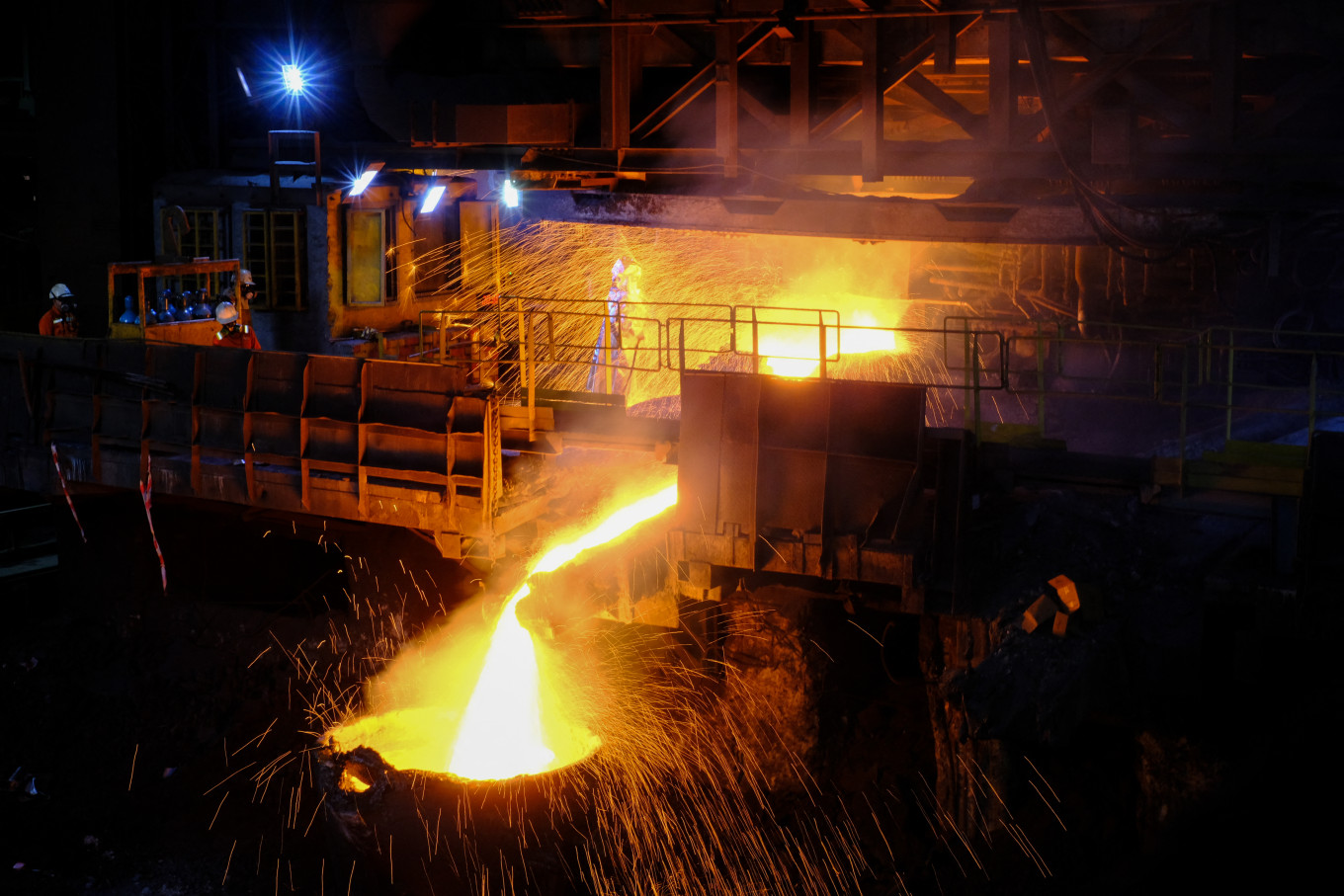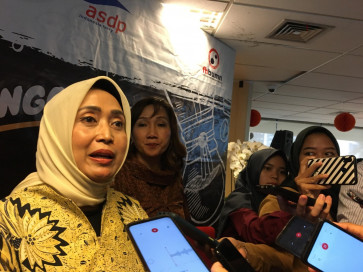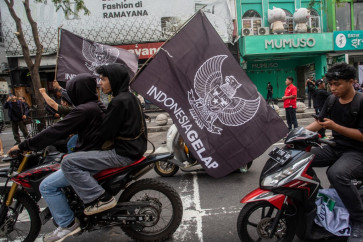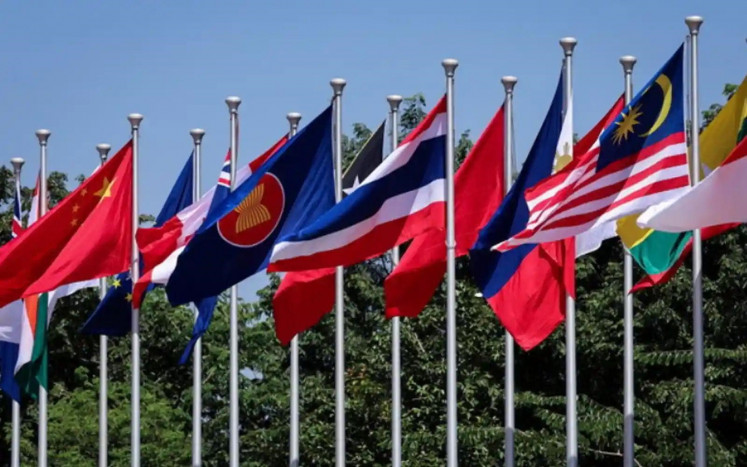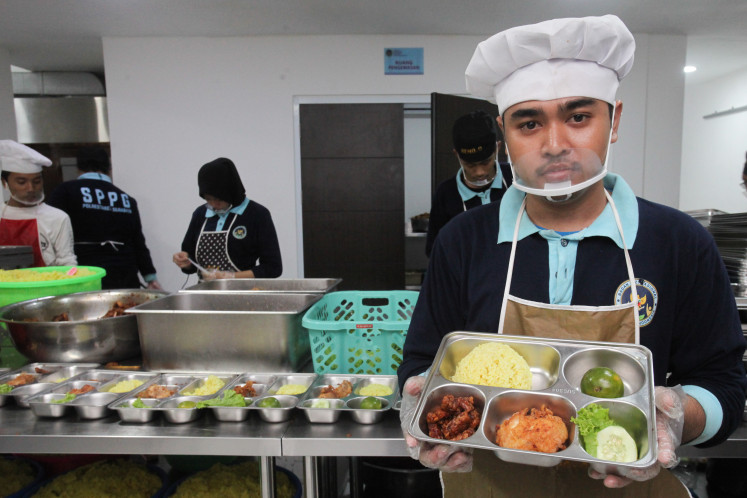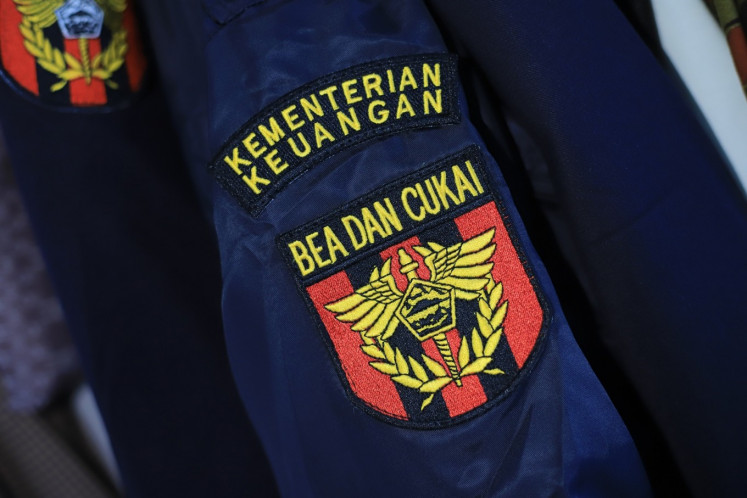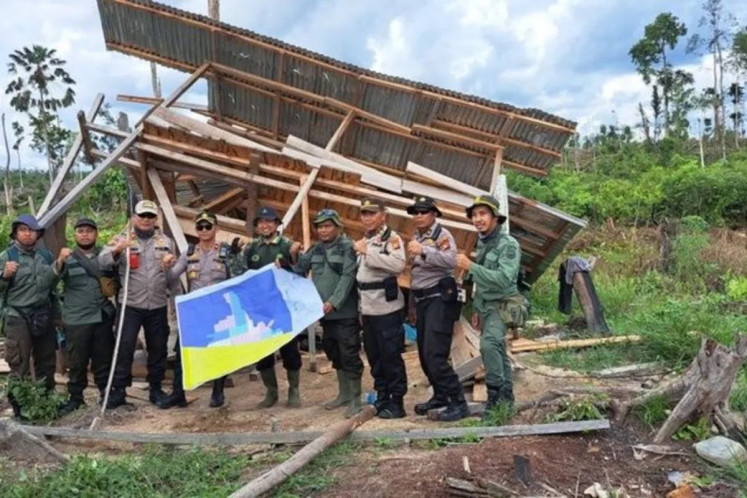Popular Reads
Top Results
Can't find what you're looking for?
View all search resultsPopular Reads
Top Results
Can't find what you're looking for?
View all search resultsNickel’s next test: Can Indonesia escape the low-value trap?
Indonesia's mineral downstream policy needs a clear shift in strategy to escape the low-value dominance trap so that instead of being a facilitator of foreign-led extraction, the country can be a curator of complete industrial ecosystems and emerge as a leader in the global supply chain.
Change text size
Gift Premium Articles
to Anyone
I
n the past decade, Indonesia has rewritten the global playbook on resource nationalism. By banning the export of raw nickel ore in 2020, the country catapulted itself into a commanding position in the global nickel supply chain.
From being a mere exporter of unprocessed ore, Indonesia has become home to sprawling industrial parks powered by rotary kiln electric furnace (RKEF) and high-pressure acid leaching (HPAL) plants, producing millions of tonnes of nickel intermediate products annually.
It is, on paper, a remarkable industrial pivot. But scratch beneath the surface and a deeper question arises: Has Indonesia simply shifted from exporting rocks to exporting mud? In more technical terms, has the country truly built a value-added nickel economy or merely stopped at an intermediate phase that still leaves the highest returns in the hands of others, most notably China?
This is the next test for Indonesia’s nickel strategy. The challenge is no longer about boosting output. That part is done. The task now is to escape the low-value dominance trap, where production volume surges but value creation stagnates.
The economy risks becoming overly reliant on foreign buyers, foreign technology and foreign capital while the domestic industry struggles to climb the technological ladder.
The signs of this trap are becoming increasingly clear. Global nickel prices have plunged more than 40 percent from their 2022 peak largely due to oversupply, which ironically, is driven in large part by Indonesia’s surge in low-grade nickel production.
In 2024, the country produced over 2.2 million metric tons of nickel, accounting for more than 55 percent of the global supply and reflecting 185 percent growth since 2020.
While Indonesia has recently begun producing higher-grade intermediate products like nickel matte, mixed hydroxide precipitate (MHP) and nickel sulfate, the domestic value chain remains overwhelmingly focused on low-grade outputs such as nickel pig iron (NPI) and ferronickel.
This imbalance is a result of years of overinvestment in smelter projects that prioritized volume over quality. The pipeline remains crowded with low-grade facilities, even as global demand shifts rapidly toward battery-grade materials.
Worse still, Indonesia’s role in the global nickel supply chain is largely stuck in the middle. Much of its nickel output is exported in intermediate form to be processed abroad into high-value products like electric vehicles and EV batteries.
In essence, the country is exporting the foundation of a value chain while importing finished goods at a premium. This dynamic limits domestic job creation, suppresses technology transfer and keeps Indonesia boxed into the low-margin end of a fast-growing global industry.
This overreliance on low-grade production also brings significant downstream risks. More feedstock is needed to sustain these smelters, a condition that pushes mining operations deeper into forested areas and ecologically sensitive zones. The result is growing environmental and social concerns, from deforestation and carbon emissions to conflicts with local communities.
The longer Indonesia sustains a model based on quantity over quality, the greater its exposure to pushback from global buyers and regulators in relation to environmental, social and governance (ESG) principles.
The outcome of this unstructured expansion is already visible. Oversupply has depressed prices and squeezed margins. Many nonintegrated miners are under pressure, and several smelters are now operating at or below breakeven. In trying to scale up too quickly, the country has inadvertently undermined the very industry it sought to dominate, becoming a victim of its own success.
To overcome these hurdles, Indonesia must shift from being a facilitator of foreign-led extraction to a curator of complete industrial ecosystems. Four pillars should guide this transition.
First, the government must strengthen its support for end product manufacturing. Companies producing EVs, battery packs and key components, not just semi-processed materials, should be incentivized to invest and expand. The presence of Hyundai, BYD and VinFast is a promising start, but Indonesia must push these foreign players to build deeper local integration, including supplier networks and R&D capabilities.
Incentives should not be reset every time regulations change. Instead, the royalty structure could be redesigned to reward nonintegrated producers that upgrade into downstream segments, rather than attracting new players to start from scratch.
Second, the government must cultivate domestic industrial champions capable of competing globally. This means nurturing homegrown enterprises, not just in mining but also in manufacturing, engineering and design.
With strategic investment in skills, branding and innovation, Indonesia can follow the path South Korea has taken with Samsung and LG. Public-private collaboration will be key in closing the capability gap.
Third, sustainability must be hardwired into competitiveness. Green nickel must become more than a label; it should be backed by environmental standards, clean energy use and transparent labor practices.
Certification through frameworks like the Initiative for Responsible Mining Assurance (IRMA) can help Indonesia align with global buyers and access premium markets. The royalty system could also be adjusted to reward companies that demonstrate high ESG compliance and adopt responsible mining practices.
Fourth, domestic nickel use needs to be diversified beyond EVs. While batteries dominate the current narrative, nickel is also crucial in aerospace, stainless steel and specialty chemicals. Anchoring the country’s industrial future to a single volatile market exposes it to sharp demand swings. A broader application base would make the sector more resilient.
There is still time to course correct. Indonesia holds a generational advantage: world-leading reserves, a strategic location and a growing industrial base. But without a clear shift in strategy, it may continue flooding the market with low-margin material while others capture the innovation, branding and added value that define global leadership.
Cutting off the pipeline of low-grade projects would send a strong market signal, tightening global supply and supporting price recovery. It would also encourage a pivot toward quality over quantity, aligning national interest with long-term sustainability and profitability.
Nickel gives leverage, but leverage only matters if it is used strategically. The next chapter in Indonesia’s mineral downstream sector must be about more than refining ore. It must be about refining our vision. From resource base to manufacturing power, the window is still open, if the country dares to act.
***
The writer is an industry and regional analyst at Bank Mandiri.

